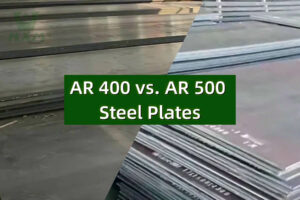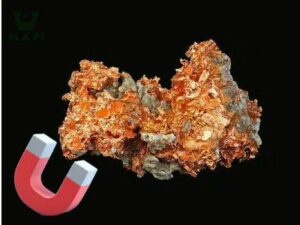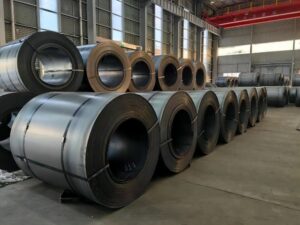Yes, each stainless steel grade has specific temperature limitations based on its chemical composition and metallurgical properties. These limitations are essential to consider when selecting stainless steel for different applications, especially those involving high temperatures or extreme environments. Let’s examine the temperature limitations for two common stainless steel grades:
Temperature Limitations for 17-4 Stainless Steel:
17-4 stainless steel has good high-temperature strength and can be used in applications where temperatures range from -200°C (-328°F) to approximately 600°C (1112°F). At higher temperatures, the material may experience reduced mechanical properties and could become susceptible to deformation or embrittlement.
For prolonged exposure to temperatures above 600°C, precipitation-hardened stainless steels like 17-4 may undergo precipitation of certain phases, which can lead to a decrease in toughness and corrosion resistance. Thus, caution should be exercised when using 17-4 stainless steel in elevated temperature applications, and the material’s performance should be evaluated based on the specific requirements of the application.
Temperature Limitations for 304 Stainless Steel:
304 stainless steel, as an austenitic stainless steel, exhibits excellent high-temperature stability. It can withstand temperatures ranging from -196°C (-321°F) to approximately 870°C (1600°F). At elevated temperatures, 304 stainless steel retains its mechanical properties, formability, and corrosion resistance better than other stainless steel grades.
However, 304 stainless steel may experience sensitization, a process in which chromium carbides form at grain boundaries when exposed to temperatures between 450°C (842°F) and 850°C (1562°F). Sensitization can reduce the material’s corrosion resistance in certain environments. To mitigate this effect, stabilized grades like 304L (with low carbon content) or 321 (with titanium stabilization) are often used in high-temperature applications to prevent sensitization.
Considerations for Extreme Temperatures:
For applications involving extreme temperatures, it is essential to carefully evaluate the mechanical properties and corrosion resistance of the selected stainless steel grade. In cases of prolonged exposure to high temperatures or rapid temperature changes, the potential for thermal expansion and contraction should also be considered to prevent issues like thermal stress or distortion.
It is advisable to consult with materials engineers or experts to select the appropriate stainless steel grade and consider any necessary modifications or treatments to ensure optimal performance in specific temperature conditions.
In conclusion, each stainless steel grade has specific temperature limitations based on its metallurgical properties. For high-temperature applications, 304 stainless steel is often preferred due to its superior high-temperature stability, while 17-4 stainless steel can be used in a limited temperature range up to 600°C. Proper consideration of temperature limitations and potential challenges is critical when selecting stainless steel for various industrial and engineering applications.








